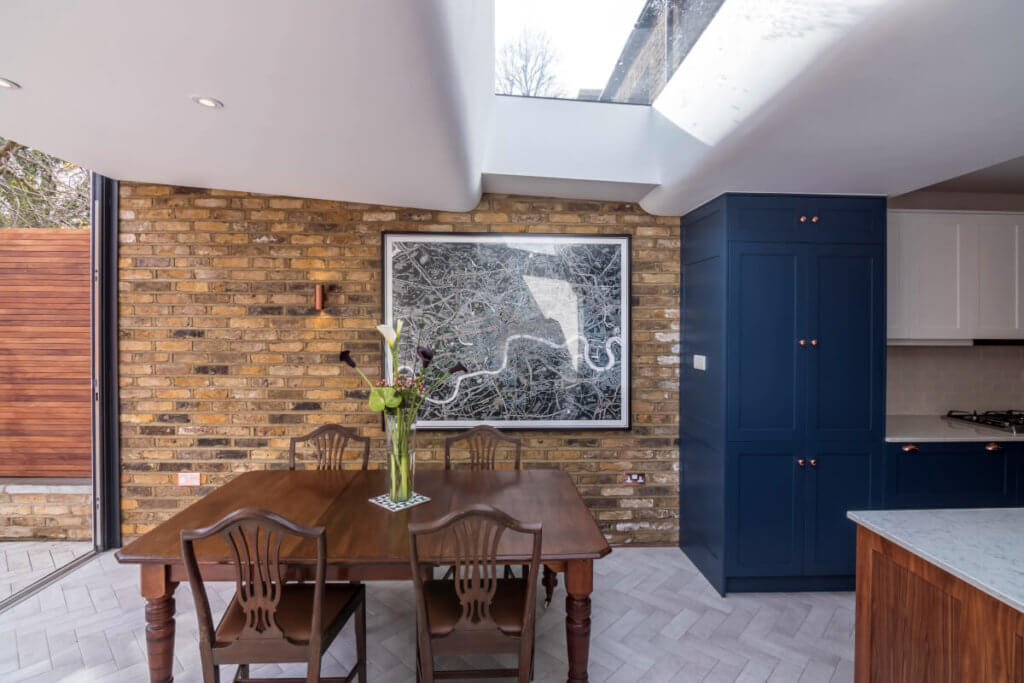In many methods, being a property owner this day and age has been changed by the increase of the home DIY motion, and this also consists of fridge repair work. It’s intriguing because at one time, self-reliance was believed to be a general part of being a house owner instead of an included reward skill-set.
Now, because of the DIY push, peoples’ self-confidence in their capability to fix practically anything in their houses, including their fridge, is high, which is a good idea. The issue is that maybe this self-confidence may be a bit too expensive.
The raised self-confidence might put you in a scenario where you dive deep into a repair work that you’re not ready to take on. There are some DIY supporters that have gotten the word out relating to the way to inform if you ought to deal with a repair work, basically stating, “If it has bolts, screws, or available pieces, you can knock it out yourself.” The teaching has spread out, as seen with such cool areas such as DIY car garage areas where you can use expert devices & tools, but you make the repair work. They also have imaginative crafts centers with offered workshops for the aiming “DIYer”.
(If you need tools, before you buy – check it here: https://www.toolnerds.com/)

Sure, the pieces might appear to make sense, and you can have a general idea might have of how the repair work will go, but that does not mean it’s the very best choice to attempt to try yourself. Being equipped with an apartment or condo tool package & online video guidelines does not a repair work person make? In truth, you might be triggering more issues than the one you began with, which can just mean something – investing much more money for repair work to cover what was incorrect in the very first place & the mess you might have triggered.
People pick the DIY path because it expected to save money. Depending upon how huge the repair work and the scope of the repair work, attempting to do the work yourself might be the most affordable way to obtain the job done. This is really an advantage. You need to have the ability to do fundamental repair work in your house because that’s what an accountable house owner does. But know your limitations.
When it concerns choosing to take on DIY tasks, use sound judgment about that which with you feel comfy. Cleaning up condenser coils is basic enough. Changing a used door gasket must be fairly simple. Defrosting out a drain line is a breeze. The significant indicate remove from all this is that you do not aim to do something beyond your convenience level, as well as if it seems like a defeat, always want to call an expert to assist finish the job.
Do It Yourself fridge repair work might not be such a pipe dream. The secret is understanding that in some cases an expert might be necessitated, and calling a pro does not make you weak – it makes you practical.









 Double-glazed windows are currently the staple of windows in UK homes. There’s no denying the fact that they offer their fair share of advantages over single glazing, to the point that the latter is no longer considered a viable option for homes. With double glazing, you can ensure that your home has much better thermal performance. However, triple glazing has now become an option and that raises the question: should you choose double or triple-glazed windows for your home?
Double-glazed windows are currently the staple of windows in UK homes. There’s no denying the fact that they offer their fair share of advantages over single glazing, to the point that the latter is no longer considered a viable option for homes. With double glazing, you can ensure that your home has much better thermal performance. However, triple glazing has now become an option and that raises the question: should you choose double or triple-glazed windows for your home?



